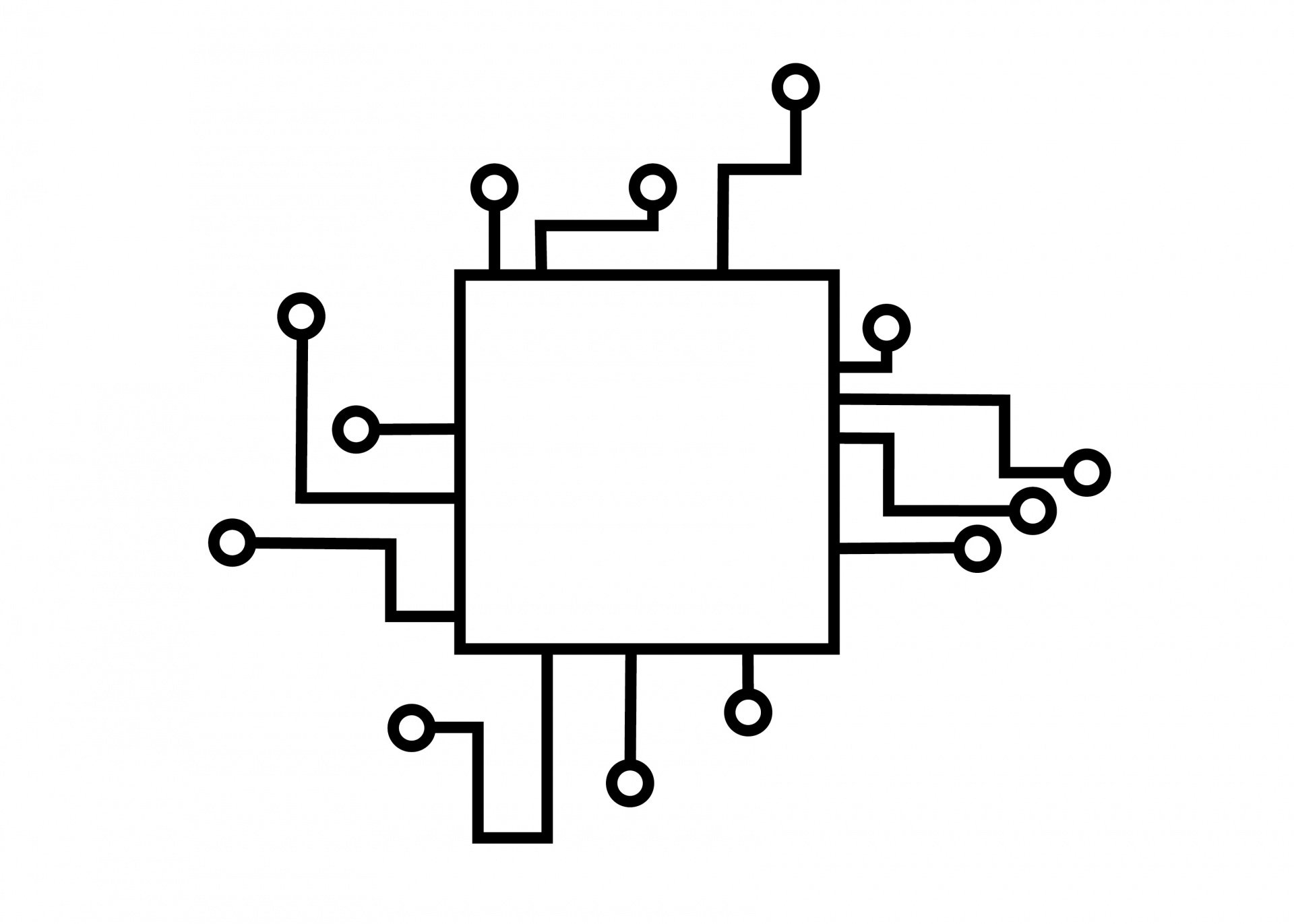I find this variation of Weigner’s friend really thought provoking, as it’s almost like a real world experimental example of a sync conflict in multiplayer netcode.
Two ‘observers’ being disconnected from each other who both occasionally measure incompatible measurements of something almost seems like universal error correction in resolving quanta isn’t being applied more than one layer deep (as something like Bell’s paradox occurring in a single ‘layer’ doesn’t end up with incompatible measurements even though observers are disconnected from each other).
What I’m currently curious about would be how disagreement would grow as more layers of observation steps would be added in. In theory, it should multiply and compound across additional layers, but if we really are in a simulated world, I could also see what would effectively be backpropagation of disconnected quanta observations not actually being resolved and that we might unexpectedly find disagreement grows linearly according to the total final number of observers at the nth layer.
In any case, even if it ultimately grows multiplicatively, disagreeing observations by independent free agents of dynamically resolved low fidelity details is exactly the sort of thing one might expect to find in a simulated world.

